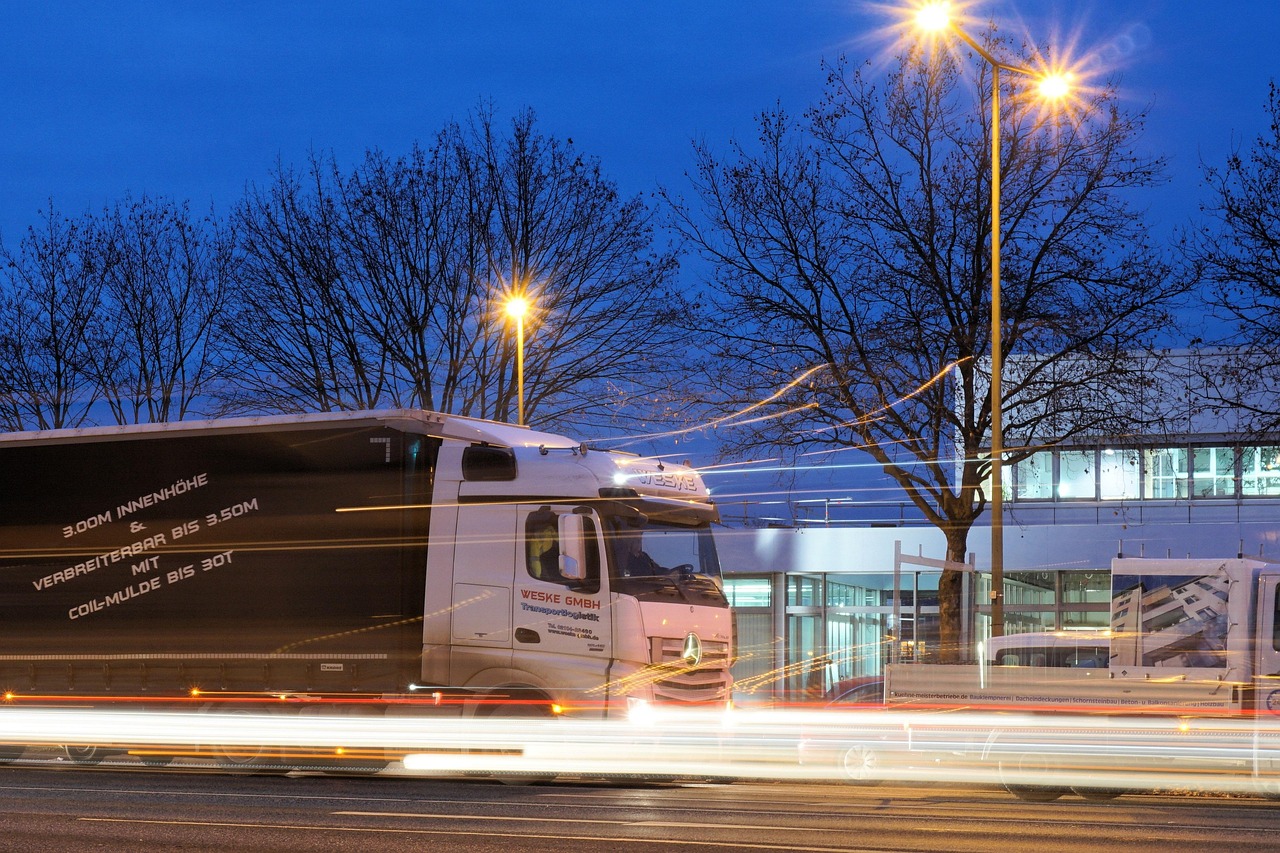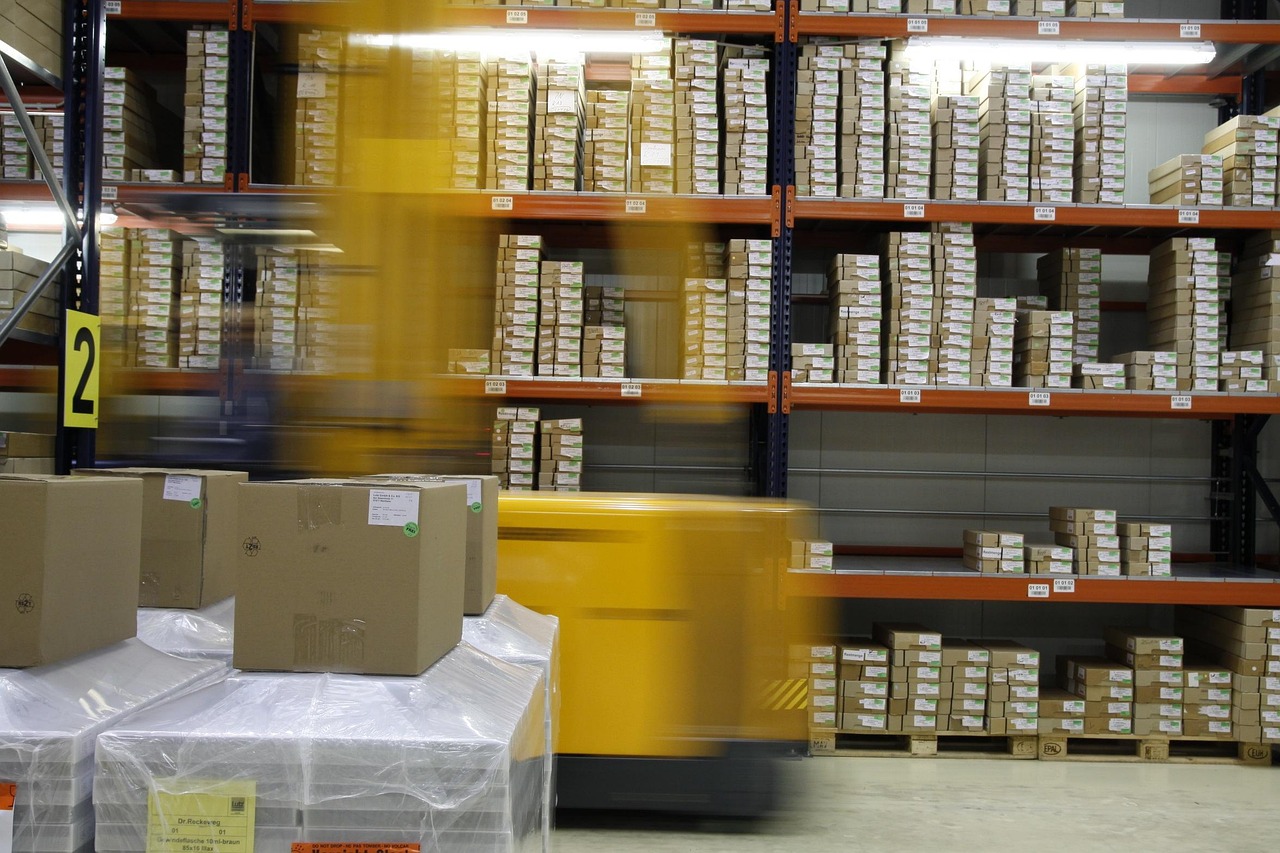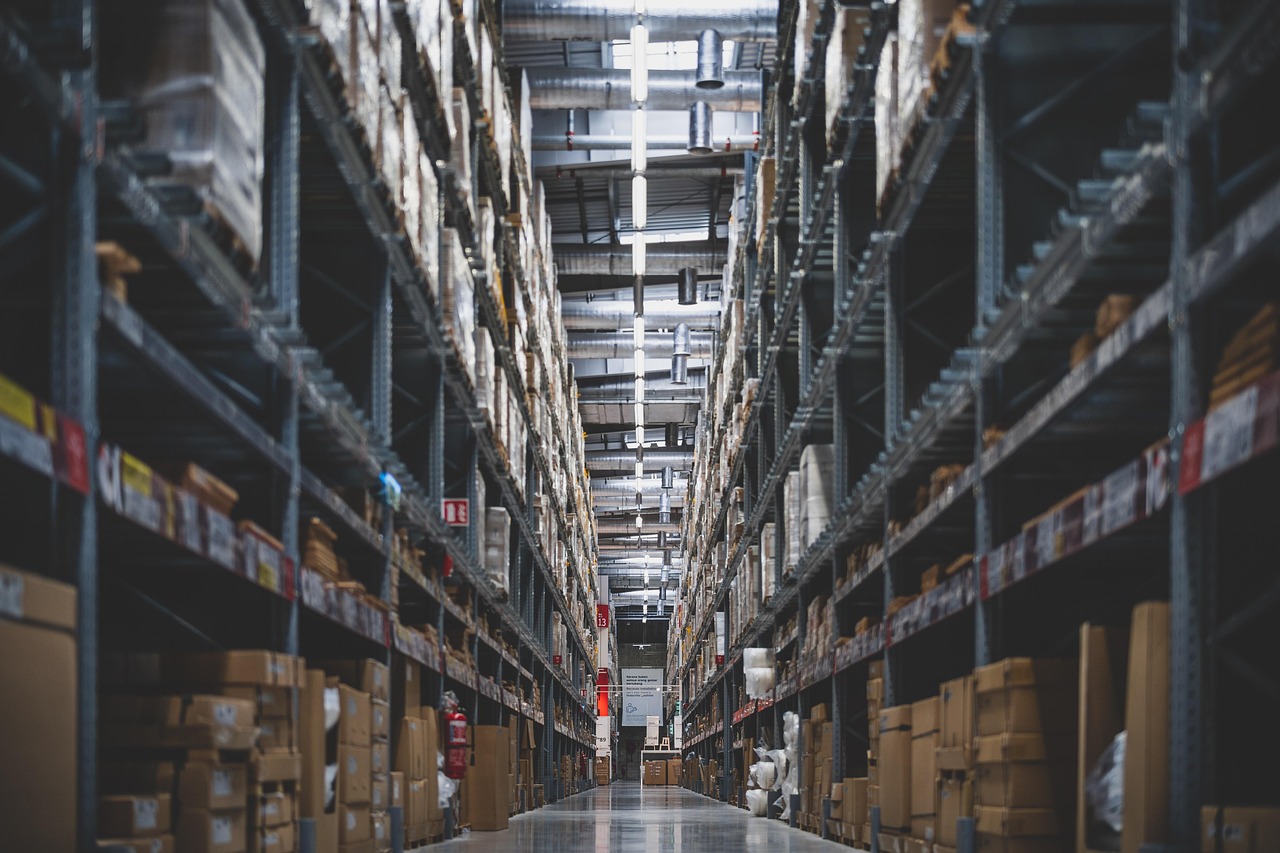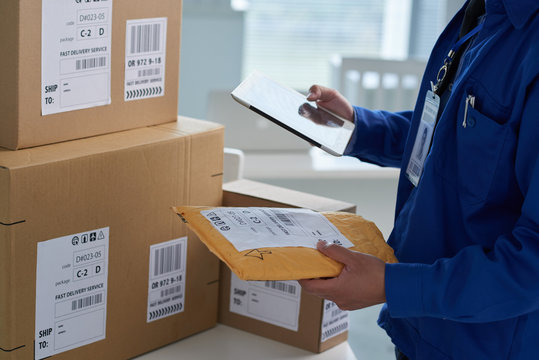Explore our strategies that will evolve the logistics of your online business.
Every day, millions of products travel from warehouses to consumers' doors, and both the speed and efficiency of this process can make the difference between a successful sale and an unsatisfied customer; for this reason, logistics is a fundamental part of standing out in a saturated market.
Would you like to master the essential concepts of ecommerce logistics and apply them to your business? Then join us to break down the best strategies to offer an unparalleled service and exceed the expectations of your users.
Functional management of your inventory
While having an excessive stock creates unnecessary storage costs and losses if products are not sold on time, the lack of it risks facing lost sales and, as a result, the store's reputation being compromised.
The planning and control of quantities, as well as the location of products, allows stock management to be effective enough to make it possible to forecast demand and reduce operating costs.
Practices such as the ABC method classify items according to their value and turnover with the objective of prioritizing the handling of the most critical merchandise and, thus, ensuring that everything that is in high demand is always available to customers.
On the other hand, the integration of advanced technologies offers operational efficiency, as well as a quick response to market fluctuations, ensuring a smooth and successful operation. Automating specific processes through the use of specialized software, for example, provides real-time inventory information and facilitates informed decision-making.
Optimal storage
It's not just about having a space to store products, but about maximizing every square meter so that the performance of internal processes is carried out smoothly.
A well-organized warehouse is reflected in a more agile management of merchandise: from receipt to dispatch. However, to achieve this, it is essential to design a layout that facilitates the workflow and minimizes the travel time of the operators. Dividing the warehouse into specific areas depending on the activity, such as reception, storage, picking and dispatch, helps to avoid interference and bottlenecks.
The installation of dynamic storage systems and the use of vertical space are additional strategies that increase capacity, without the need to physically expand the warehouse.

Another crucial aspect is coordination in the reception of merchandise. Synchronizing the arrival of products with the schedules of the operators responsible for sorting and storing them avoids accumulations and delays; likewise, labeling and verification when things arrive ensures precise control from the start.
The periodic review of processes and the continuous training of employees are other essential elements to maintain performance, since a well-managed warehouse not only reduces operating costs, but also improves delivery times and, therefore, consumer satisfaction.
Preparing orders
Order processing is a very important stage in an e-commerce, since it marks the point where user expectations begin to materialize. Efficiency in these phases determines how quickly an order reaches its final destination, its accuracy and the state in which it does so.
It all starts when a customer places an order in the online store, then the information is received, the availability of the product is verified and, if it is in stock, the fulfillment process begins. One of the first steps is picking, where everything is taken from inventory.
Once collected, the items go to the packing phase, that is, they are packed with care, or in a personalized way. Then, the shipping label is printed and attached, which contains all the necessary information for transportation, including the recipient's address and the carrier's details; finally, the packages are moved to the dispatch area, ready to be picked up.
It is vitally important to maintain close coordination with transport companies, as this guarantees that orders are picked up on time and without delays, avoiding congestion and delays.
You might be interested in: Outsourcing fulfillment: advantages, disadvantages and when you should do it
Enhancing Picking and Packing
Let's start by detailing picking, or product collection; it is one of the most labor-intensive processes within a warehouse and there are several methods that can be adapted according to the needs and size of the warehouse:
- Picking by Zones: Divide the warehouse into specific areas, assigning each operator to a zone. This reduces travel time and improves efficiency.
- Batch picking: It allows you to pick up multiple orders in a single trip, which is very useful during peak demand, such as sales seasons.
- Picking by wave:
- It groups orders into specific time windows, providing better coordination and workflow.

What's next? Packaging, which not only involves placing the products in boxes, but also ensuring that they arrive in perfect condition to the end customer through the following suggestions:
- Choosing the right packaging: Using the right type and size of box reduces costs and ensures that products are protected. Custom packaging adds extra value and improves the user experience.
- Use of protective materials: Crumpled paper, air bags and foam are essential to prevent damage during transport.
- Packaging efficiency: Tools such as automatic sealing machines and well-designed packaging stations will speed up the process and reduce errors.
Successful shipments and deliveries
The last mile of delivery is one of the most significant challenges in ecommerce logistics. This final phase of the process, where the product is moved to the customer's door, can define the buyer's experience.
Some of the most effective strategies are:
- Route planning
- Working with multiple carriers
- Precise labeling of packages with recipient data and the type of delivery service contracted
- Provide customers with tracking numbers and real-time updates on the status of their orders.
In addition, today, the adoption of new technologies is revolutionizing the last mile of delivery thanks to the use of electric vehicles, drones and cargo bicycles. For their part, automatic lockers and pickup points have gained popularity as convenient alternatives for customers who are unable to receive their orders at home.
Outsourcing the fulfillment of your ecommerce can also benefit you, because specialized companies like Cubbo have everything you need for your store to have a good run of successful deliveries.
Excellent reverse logistics
In ecommerce, reverse logistics refers to the process of managing the return of products from the end customer to the seller. Let's review some elements that will help you keep everything in order.
A return policy
The clearer and more accessible, the better. Users need to know how to proceed if they want to return something, what steps they must take and what their rights are, so a well-defined policy will protect the company and provide people with the confidence to make purchases without fear of complications if they need a return.
Practical Returns
Many online stores offer return portals on their websites or schedule collections at specific points, although a warehouse dedicated exclusively to this purpose will ultimately speed up the process.
There, what is returned is inspected, classified and processed quickly. Depending on the condition of the item, it will be returned to inventory, recycled or disposed of.
Reintegration into the inventory and refurbishment
Everything that is returned must be handled with precision to maintain exact inventory control, and there are also cases in which some products require reconditioning before being sold again.
This process includes repair, cleaning or repackaging in order to return the items to optimal condition for sale.
Transparent communication
Informing consumers about the status of their return, from receiving the product to the refund or sending a replacement, improves the experience and strengthens trust in the brand. Keep in mind that a well-communicated and managed return process can transform a potentially negative situation into an opportunity to demonstrate the company's commitment to the customer.
Tactics to Reduce Returns
By providing detailed product descriptions, as well as accurate size guidelines and opinions from other users, help buyers make more informed decisions and lower the return rate. Proactive customer support and personalized advice also play an important role.
Find out more: Smart lockers, new logistics solutions for ecommerce.
Automation and Information Systems
In an environment where customer demands and expectations are constantly changing, having advanced technological tools can make the difference between an agile operation and one full of bottlenecks.
The automation of logistics processes has the power to significantly transform operational efficiency, as do the warehouse management systems, vital for controlling and optimizing every step of the logistics process, from receiving and storing goods to picking, packing and shipping, and even integrating with other business systems.
Real-time tracking technologies are another key element, as they allow customers to receive constant updates on their orders and also to logistics operators, who can detect and resolve problems before they affect the end user.

With regard to data analytics, it is responsible for continuously improving logistics processes, as well as collecting and analyzing data from daily operations. In addition, it can identify areas for improvement and optimization opportunities, predict peaks in demand, optimize delivery routes and improve inventory planning.
And if your ecommerce strives to keep up with new technologies, you'll get a plus to remain competitive. Innovations such as artificial intelligence, machine learning and the Internet of Things (IoT) are notable examples that should not be lost sight of.
Good coordination with carriers
As they are responsible for the last stage of the delivery process, their performance is something that cannot be neglected, since it is capable of influencing customer satisfaction. Learn about these practices that will guarantee you successful deliveries.
Selection of carriers
Evaluate them based on several criteria, such as geographic coverage, timeliness, reliability and rates. Working with multiple elements can provide flexibility and reduce the risk of service interruptions.
Communication and transparency
Establish clear and frequent communication channels with the objective of solving problems where both parties are aligned in terms of expectations and procedures. Providing carriers with information about shipments, such as pickup windows and package specifications, improves timeliness and reduces errors.
Evaluation of activities
Monitoring key metrics such as the timeliness of deliveries, the rate of failed deliveries and the condition in which the products arrive represents a source of valuable information to improve the operation. Conducting regular audits and requesting feedback from customers about their experiences with deliveries will also help identify areas for improvement.
Customer Care
Providing multiple communication channels for consumers to contact the company is crucial, including well-managed options such as live chat, email, telephone and social networks from which quick answers can be obtained.
On the other hand, keeping them informed throughout the buying and delivery process is essential for a positive experience. Sending automatic notifications by email or SMS, informing about the status of the order and any possible delays, demonstrates transparency and business commitment.
However, to address incidents, the ideal is to implement a special customer service to control difficult situations such as quick refunds, product replacements or appropriate compensations.
Despite the fact that competition is fast in the field of e-commerce and people's expectations are too high, well-managed logistics is a strategic advantage that will place you at the top of your business.
In Cubbo, we can help you achieve fast deliveries at a lower cost, are you ready to become a leading example of customer service? Get in touch with us.








